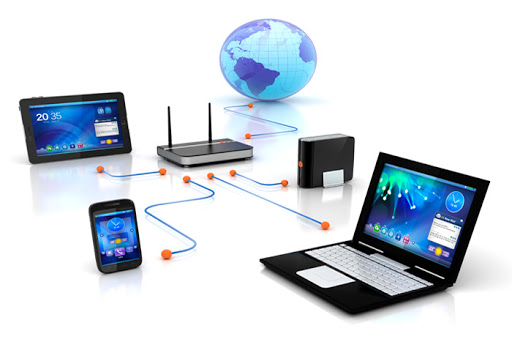
Who remembers the Commodore 64? Released towards the public in early 1980s, the Commodore 64 was typically the most popular computer available on the market for several years. Actually, it’s still the greatest-selling single computer system even today, by having an believed 17 million-plus units offered.
The Commodore 64 featured revolutionary graphics and seem for any machine of their time, and so was broadly popular for enjoying games. Additionally, it were built with a built-in data recorder noted for its slow processing occasions and little space for storage. While a floppy disk attachment was eventually released, it did little to improve storage capacity.
The networking capacity from the Commodore 64 along with other early single-user computer units in that there was a time minimal. A dial-up modem soon grew to become available, which permitted users for connecting with public advertising boards to gain access to early games. This enabled users to “chat” and message one another, essentially setting happens for which is famous today because the Internet.
Computer Networking
Growth and development of computer networking technologies and early versions from the Internet started within the late 1950s, and were being used through the military and science communities through the following decade.
Noisy . days, machines with similar abilities as today’s personal computers were so large they needed multiple floors to be able to operate. The lightweight of today’s computers could be credited towards the development and evolution from the micro-processor, which enables communication to occur at lightning speeds through easily small devices.
Networking Becomes the “Norm”
These days, computer networking has end up part of our everyday lives. The Internet has been around prevalent use for approximately twenty years, allowing us to instant message one another, send large documents, share photographs and also have something like a world-class library at our fingertips. This stuff have become routine within our high-tech world.
What’s Behind the Network?
To put it simply, a computer network includes multiple computers that interconnect. A Lan (LAN) is really a computer network surviving in one locale, like a building, a workplace or perhaps a campus. A Large Area Network (WAN) is really a computer network that’s spread all through a sizable geographical area. The Internet can be viewed as the biggest WAN on the planet!
The particular connections and cabling within computer systems frequently go overlooked. This isn’t the glamorous side of computing by stretch, but it’s a network’s “lifeline.” When networking is at its infancy, information transfer was very slow because of the fact that just one bit of information might be transferred at any given time. This may be related to the constraints from the cabling, that was essentially telephone wire at that time.
Using the creation of “packet transfer” technology, multiple information could be switched backwards and forwards concurrently. This revolutionized the rate where computer systems operate. Combined with the computing technology came upgrading in the network connections the cabling.
We’ve Cat5e bulk cable, which offer an incredible quantity of bandwidth for information transfer when compared with original network cabling. As well as for jobs requiring faster speeds, Cat6 bulk cable provides much more bandwidth. Fiber cable can be used within the largest and fastest systems.
Much like networking, technologies are not slowing lower. We have come a lengthy means by the final twenty years of “personal” computing. The possibilities of what’s in the future is exciting to ponder.
For more information visit Grvty tech









